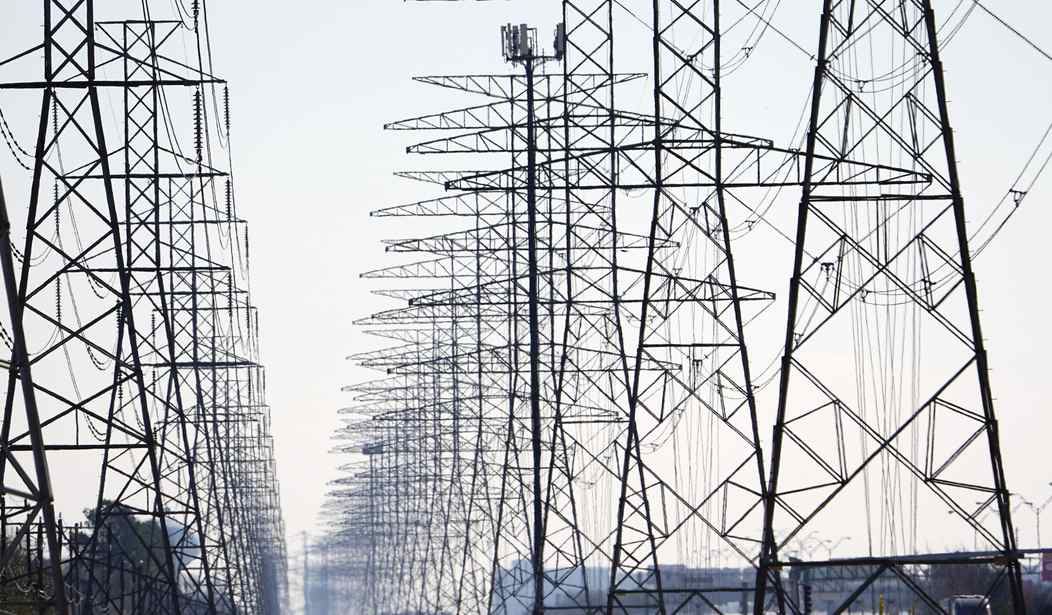I’ve written a couple of times about California’s plan to revise its “net metering” arrangement for solar power in a way that is likely to destroy the state’s solar panel installation industry. Very briefly, the new plan would dramatically cut the amount homeowners are reimbursed for excess solar power they produce during the day. It would also create a new solar tax which would charge homeowners, on average, about $56 per month for placing solar panels on their roof. The exact amount varies based on the size of the system. But what it means is that over the 25-year lifetime of the panels, utilities would be paid about as much per panel as the companies that produced and installed them.
Today the NY Times published a lengthy article about the topic which points out that it’s not just California’s three big utility companies who are pushing this plan. Union electrical workers who benefit from the current energy system are behind it.
An intense campaign is underway to sway regulators. Rooftop solar companies, homeowners and activists on one side and utilities and the International Brotherhood of Electrical Workers on the other are lobbying Gov. Gavin Newsom to intervene. While the commission is independent of Mr. Newsom, he wields enormous influence. The governor recently told reporters that the regulators should change their proposal but didn’t specify how.
The electrical workers union, which did not respond to requests for comment, is playing a central role. It represents linemen, electricians and other utility employees, who usually earn more than the mostly nonunion workers who install rooftop systems. Many union members, an important constituency for Democrats, fear being left behind in the transition to green energy…
During a virtual public hearing this month, Al Fortier, a leader in the electrical workers union, said well-paying union jobs at utilities were under threat from the growth of rooftop solar. “Net metering is making it worse,” he said.
The utilities are putting forward claims about equity, i.e. low-income people who can’t afford solar are being forced to subsidize high income people who can. What they don’t mention is that union electrical workers make about twice as much as residential solar installers and the union workers are trying to hold on to those high paying jobs. One obvious way to do that is to reduce the growth of the residential solar industry and put money back into the utilities who will build more transmission lines.
Analysts with Bank of America Global Research say the proposal would lead to a 20 percent annual drop in new rooftop solar systems in California next year before they would begin to recover. Representatives of the solar business expect a decline of up to 80 percent…
“You can understand why utilities don’t like distributive resources,” said David Feldman, a senior energy analyst at the National Renewable Energy Laboratory, using an industry term for small energy systems. “The more electricity they sell, the more money they make.”…
The utility commission’s proposal may not limit the use of rooftop solar by affluent people, but it would discourage others, said Bernadette Del Chiaro, the executive director of the California Solar and Storage Association. About 12 percent of California’s rooftop solar users, or 150,000 homes, have incomes low enough to qualify for discounted electricity — $34,840 a year or less for individuals and up to $62,080 for families of five. That’s more than all of the 107,000 rooftop solar homes in Florida.
“All the rhetoric of only rich people adopting rooftop solar is patently false,” Ms. Del Chiaro said.
The plan for utility scale renewable energy doesn’t really add up according to Mark Z. Jacobson, a professor of civil engineering from Stanford. He told the NY Times the state would need to set aside as much as 1/4 of its entire land area for renewable energy if it doesn’t also rely on rooftop solar (or natural gas and coal). Speaking of the new net metering plan, he told the Times, “The only thing this is going to do is reduce rooftop solar.”
That obviously doesn’t seem very sensible but for union electrical workers the fact remains that solar doesn’t pay as well as other parts of the energy industry, so a transition is bad news for them.
“When you’re talking about the transition to the new green economy, the first question has got to be how are people going to make a horizontal economic move,” said Sean McGarvey, the president of North America’s Building Trades Unions, in an interview last month. “I can tell you that in the onshore wind and solar industry, for my members we’re talking in some cases a 75 percent pay cut and they’re losing benefits.”
Jim Harrison, the director of renewable energy for the Utility Workers Union of America, said that it typically takes hundreds of workers to operate and maintain a nuclear or coal plant, several dozen at a gas plant — and about a dozen at a wind farm. Solar fields can often operate without a single worker on-site.
Even Gov. Newsom has pushed back on the new net metering proposal, though he was pretty vague about it. We should know fairly soon if California’s electrical unions will be allowed to run energy policy the same way teacher’s unions have been allowed to set education policy in blue states throughout the pandemic.







Join the conversation as a VIP Member